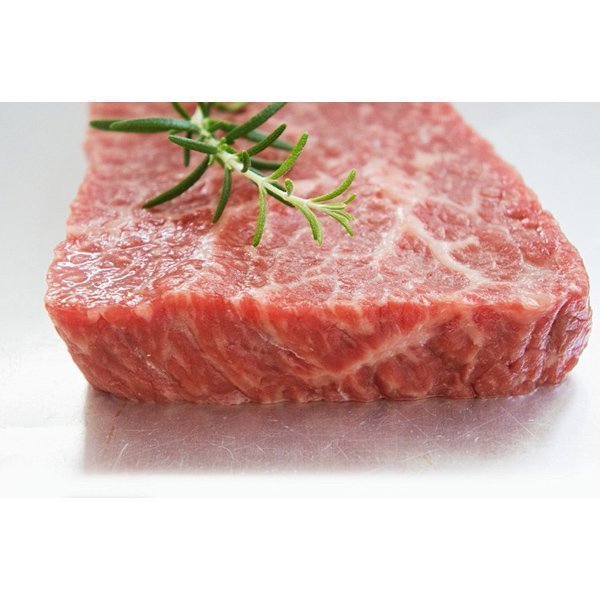Have you ever eaten Kobe beef? Maybe the name wagyu sounds familiar?
Recently—like what happened with muffins a while ago, or more recently with frozen yogurt—we can’t stop hearing people talking about this type of meat, giving their opinions and debating about these concepts, and also seeing that many of restaurants’ menus are offering it, above all in delicious hamburgers.
But, what is this meat, actually?
In the first place, we have to differentiate between the two concepts. Kobe and wagyu are not the same thing. All Kobe beef is wagyu, but not all wagyu is Kobe beef. Wagyu literally means Japanese cow meat, but there are only four types of beef that are considered wagyu in Japan: Japanese Black, Japanese Shorthorn, Japanese Brown, and Japanese Polled. But for the meat to be Kobe is not enough. Kobe beef is not certified as such until the beef has been slaughtered and it has to fulfill several very specific guidelines—like the usage, the birth and raising area, the texture, taste, and weight, among other things.
Due to its special characteristics and its limited nature, Kobe beef is very highly priced, so if you haven’t paid around $90 for a dish you probably haven’t eaten real Japanese Kobe beef, rather probably wagyu mixed with a cow race from a different country, that is, obviously, cheaper. Nevertheless, even though there are few, in Spain there are already some restaurants that offer this meat in their dishes.
People who have tasted it insist that its texture is incredibly smooth—they say that it almost melts in your mouth—and that the flavor is spectacular.


